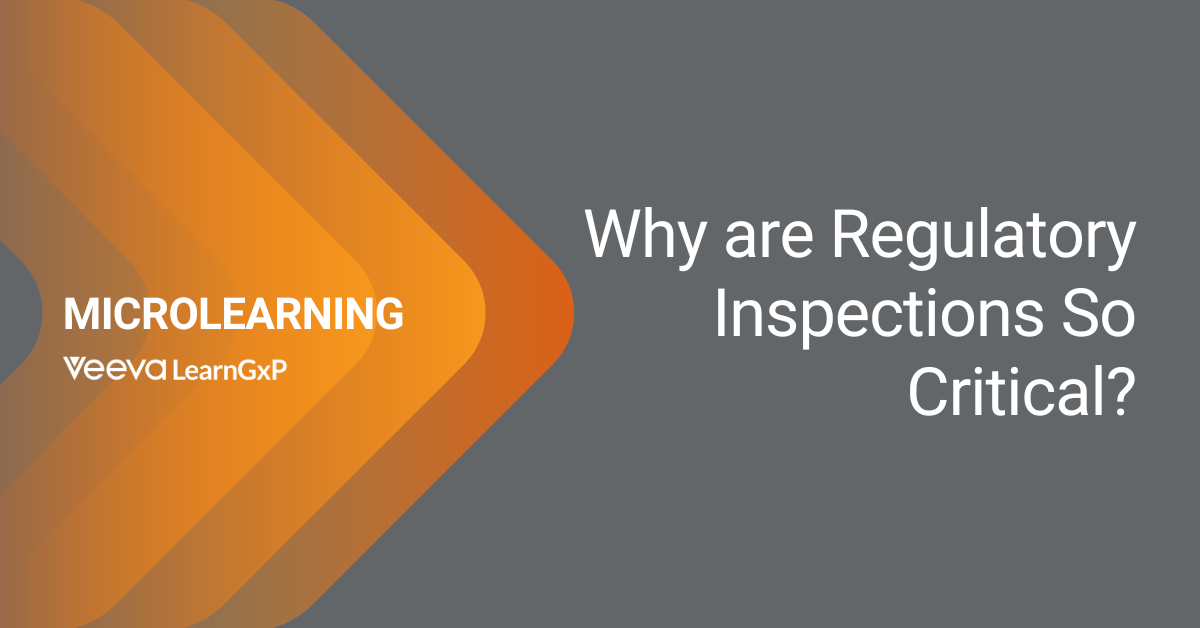There is no one right way to deliver a project. But there are fundamentals that are part of every successful projects. Let’s take a look at what they are.
Setting and maintaining clear objectives
Why are you doing this project? What benefit do you expect from this project? That is, what is the goal/are the goals of the project. This needs to be clear before you start any project and commit too much time and money to it. This will ultimately act as both the fuel for, and the pulling forces towards, achieving project success.
Once you have defined your goals, you need to ensure that the team keeps a keen focus on them throughout the life of the project.
Make your project goals clear and visible to all involved
Ensure that you have a clearly defined project organisation
If you are executing a solo project, then you may wish skip this section.
If not, then you will want to consider the project organization and how it evolves over the life of the pro- ject. The table below outlines the roles required to ensure that you have a clearly defined project organization and associated responsibilities.

Note: SME = Subject Matter Experts, Governance = Key Client Decision Makers
It is essential that you clearly define the roles of each of the groups involved in the project. These roles will be broadly categorized as Governance, Management & Execution.
It is important to note that most projects fail at the beginning, so having the right team together at the Concept and Selection phases is critical to the ultimate success of your projects.
A structured and staged approach to planning and execution
Assuming that you are following the model outlined above, there are 5 phases or stages that a project passes through, namely concept, selection, definition and planning, execution and management then finally close-out.
These phases give us a clear structure with clear activities and deliverables associated with each. In addition to this structure, it is also very important to ensure that we pass from one stage to the next in a controlled fashion, checking to ensure that we are ready for the transition to the next phase. That is, you have met the pre-requisites required at this point to allow you to proceed to the next stage. This is referred to as a “stage gated approach”.
In tangible terms, it means that as we come to the end of a particular phase, we take time out and review our readiness to close this activity out. We should do this against a checklist and engage the key decision makers to participate in this review and decision making process.
The benefits of this approach are:
- A controlled transition from one phase to the next.
- Engaging with the key stakeholders to ensure that the critical project parameters are being maintained.
- Risk based approach to moving forward – even though you may not have completed one phase, you can make a risk based decision to move forward to the next phase anyway. This is a decision that needs to be made in an open and transparent fashion with all key stakeholders involved.
- A controlled release of resources across many projects (assuming you have a number of projects in flight at the same time).
A timely and considered approach to decision making
The ability to keep projects moving forward at the pace required is very dependent upon the ability of the organization to make well thought through decision in a timely fashion. The responsibility for project decision-making lies with the governance team, very often referred to as the “Steering Committee”. The criteria for decision making will normally be based around setting and evaluating quality, time and cost-based criteria.
Make sure that you have a well established and functioning decision making process that ensures decisions are made at the appropriate level. Not all decisions need to be made at steering level. The decisions that do need to be made at a senior level are those that have a major impact upon scope, budget, timeline for execution or the quality standards that are acceptable. If any of these are to change substantially from what has been agreed in the project charter and the values of the company, then it needs to go back to the steering committee. All other decisions lie with the execution team.
Effective control of time, costs and quality
Project objectives and success criteria are typically expressed in terms of time, quality and cost measures in the context of the client’s overall need/requirements.
Once these key metrics have been established, your projects needs to measure, monitor and control these aspects of your projects against the targets established at the outset of the project. This requires timely and comprehensive methods to manage your time, costs and quality measures.
As your project progresses, things will change and any of the critical success measures may also change. The costs may increase, and this may be acceptable. To ensure that you manage this well, you need to have a robust change management process that allows you to assess change and authorise it or not, based on correct analysis. You will then need to update the new definition of success with respect to time, costs and quality.
In order to successfully deliver your projects, you will need to master these five fundamental aspects of project delivery.
- Setting and maintaining clear objectives.
- A well defined project structure.
- A structured, staged approach to planning and execution.
- A timely yet considered approach to decision making.
- Effective controls on time, cost and quality.





